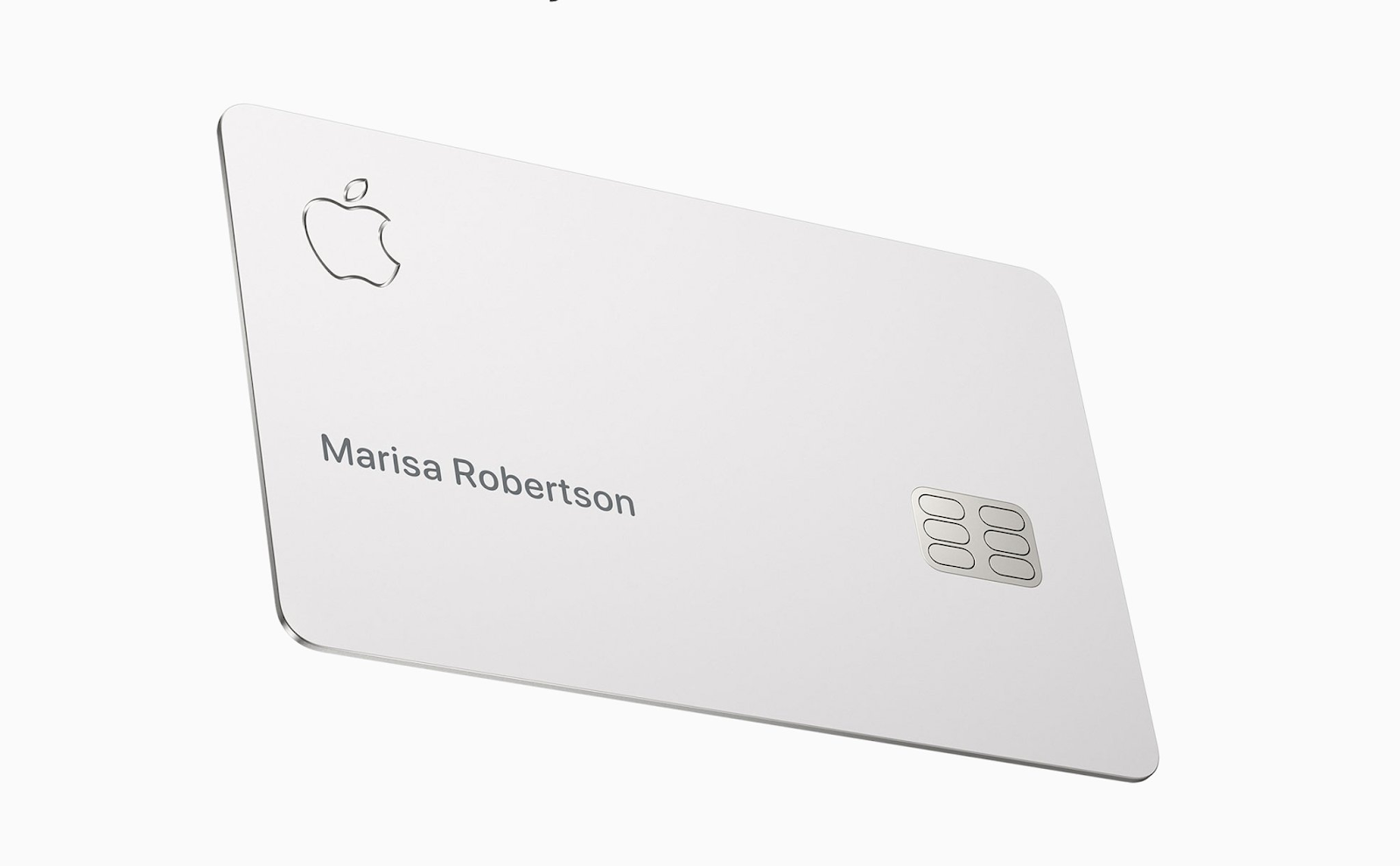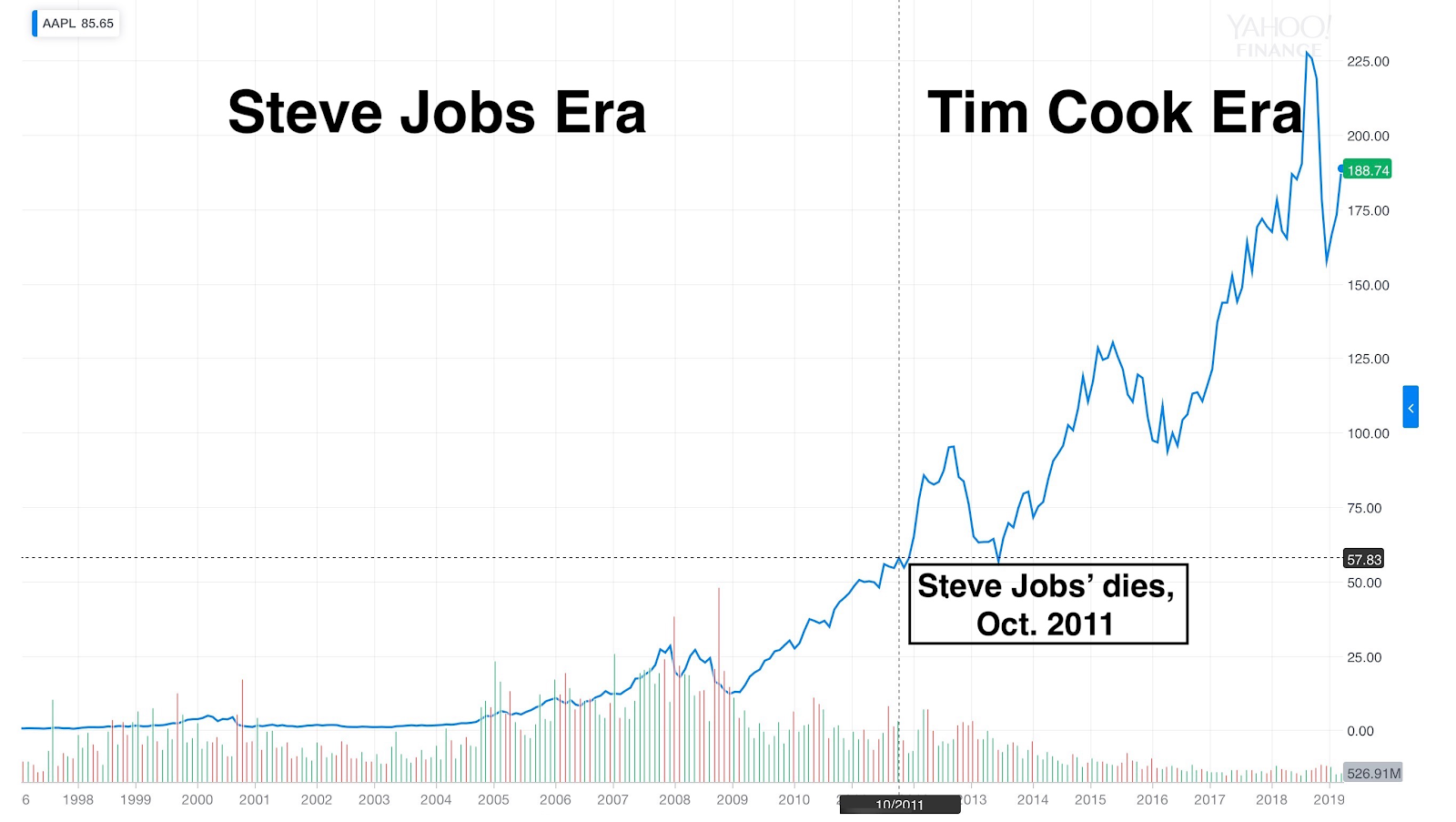People paying by using their phone is certainly not new. When ApplePay launched back in October of 2014 there were predictions of millions of payments and billions of dollars being processed.
Those predictions were ambitious and it turns out wildly overestimated.
Essentially the problem with all of the solutions was that they were tech centric rather than focused on how the consumer benefited from using the app.
Stats from a 2018 survey show 29.4% of IPhone users (about 25 million) have used payment app at least once.
5.8 million IPhone users checked out with Apple Pay the last time they made a in-store purchase. 5.8 million people represents about 3% of smartphone owners in U.S.
There is a LOT of market share to be gained.
Fast forward to 2019 and it looks like Apple has both realized the problem and created a potentially game changing solution. How?
By realizing that for consumers there must be some type of incentive or benefit to use their phone rather than simply pulling out a credit card. To that end:
Apple is launching its own credit card that will be tightly integrated into its mobile wallet and promises to help customers lead a "healthier financial life" and reward them with cash back.
This is the potential game changer. Provide consumers financial incentive and a means to better control and account for spending. All in the palm of their hand. Apple only has to get people to get in the habit of using their phone. These consumer rewards will get them doing this.
Available in the U.S. this summer, the titanium Apple Card is built into the Apple Wallet app on iPhones and claims a simple application process, no fees, financial management tools, and top level security and privacy. The card has zero fees, low interest rates and a decent rewards program: users get 2% cash back on spending via Apple Pay.
The Apple Card is a paradigm shift in the mobile payment adoption challenge . Users will only get the 2% reward when they pay with their phone (via Apple Pay), which may force more physical retailers and restaurants to support Apple Pay.
Whereas Apple Pay was more of a convenience for iPhone users in the past, Apple Card holders will be losing money if they don’t pay with their phone. This 2% cash back will go into Apple Pay Cash, a Venmo competitor.

Apple also said that Apple Pay will be supported by public transit systems in Chicago, Portland and New York City later this year.
As widely predicted, Apple partnered with Goldman Sachs and Mastercard on the new venture, which takes it deeper into the financial lives of its customers as it focuses on fee-generating services. Even though it's a small part of the deal, it illustrates a very important point. While most banks completely manage the technology for cards of affiliates, as JPMorgan Chase (NYSE:JPM) does for Costco (NASDAQ:COST) and Citicorp (NYSE:C) does for Amazon (NASDAQ:AMZN), Goldman is letting Apple handle the technology on Apple Card.
Users can sign up for the card in the Wallet app in minutes and start using it with Apple Pay in stores, in apps and online. There are no annual, late, international or over-the-limit fees while interest rates are "among the lowest in the industry" claims Apple.
Both AI and Apple Maps are being used to label purchases with merchant names and locations, with those purchases automatically totaled and organized by color-coded categories. Users also get weekly and monthly spending summaries.
On the security and privacy side, a unique card number is created on the iPhone for the Apple Card and stored in the device’s Secure Element, a special security chip used by Apple Pay. Every purchase is authorized with Face ID or Touch ID and a one-time unique dynamic security code.
With rivals Facebook and Google facing privacy concerns, Apple is stressing that it doesn’t know where a customer shopped, what they bought or how much they paid. Partners have committed to not sharing or selling data to third parties for marketing and advertising.
For Goldman, the deal marks another incursion into the consumer market. Says CEO David Solomon: "We’re thrilled to partner with Apple on Apple Card, which helps customers take control of their financial lives.”
The firm is talking up an attractive rewards program, with customers receiving a percentage of every purchase amount back as Daily Cash, which is added to the card each day and can be used right away for purchases using Apple Pay, to put toward their Apple Card balance or send to friends and family in Messages.
The Wallet app also does a lot of simple financial tracking — displaying a spending breakdown — and tying each purchase to its location in Apple Maps. It can supposedly make “financial health” recommendations and calculate various monthly payment options, while showing the user how much interest each will result in over time.
Jennifer Bailey, VP, Apple Pay, says: “Apple Card is designed to help customers lead a healthier financial life, which starts with a better understanding of their spending so they can make smarter choices with their money, transparency to help them understand how much it will cost if they want to pay over time and ways to help them pay down their balance.”
How much of an impact the Apple Card will have remains to be seen but this looks a very, very smart play by the Apple folks to generate revenue from a number channels. It will be interesting to see if they add additional payment options like tying a personal bank account to the wallet and leveraging an ACH API to access much less costly ACH processing payment solutions.
With Same Day ACH moving to mainstream this would be another profitable move for Apple.
Looks like Apple has taken a major step forward in the race to dominate mobile payments.

An interesting graph showing Apple’s market cap for the last 20 years. Source - Finance.Yahoo